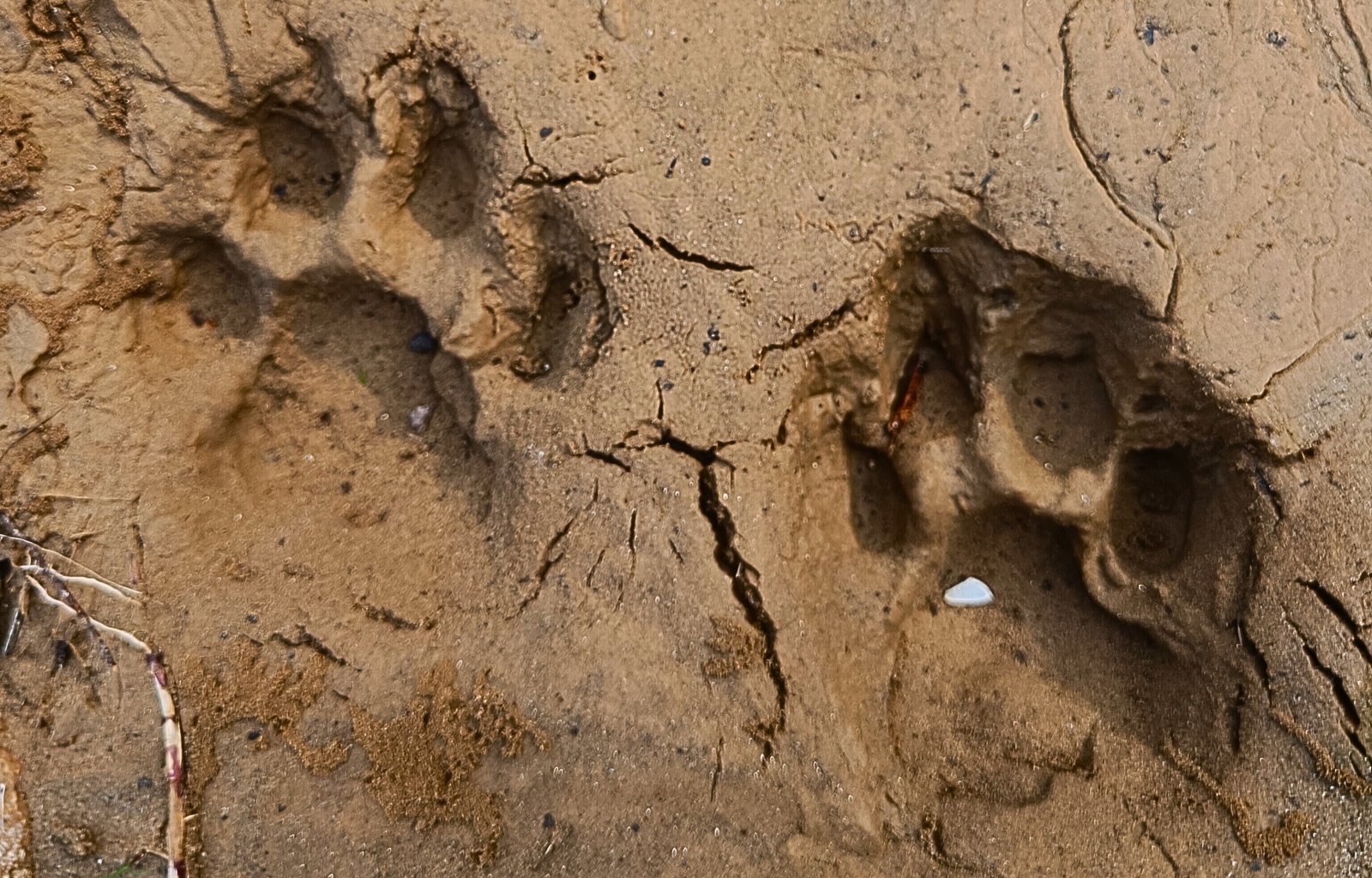News
How water may hold the key to tiger conservation in the Himalayas
There are less than 4000 wild tigers alive in the world today. The foothills of the Nepalese, Indian and Bhutanese Himalayas are particularly important for tiger conservation, but the grasslands nourishing the free-roaming deer that these large felines rely upon for prey are deteriorating quickly. And although climate change and other land use-related human activity like deforestation and urbanisation are well understood to be driving this, it’s water that lies at the heart of the issue.
This is why an ambitious transdisciplinary collaboration between Utrecht University and a broad consortium of academic and non-academic partners in the Netherlands and Nepal is trying to unravel the complex, intertwined relationship between climate, rivers, groundwater, land-use and grazing at the foot of the Nepalese Himalayas. The aim: to help provide a sustainable habitat for the tiger population.
To learn more we spoke to project PhD researchers Mayuri Phukan and Pranisha Pokhrel, both based at Utrecht University’s Copernicus Institute of Sustainable Development, to hear more about this important research, the central role of water, and their exciting fieldwork in these little-studied areas.
Read the full article:

